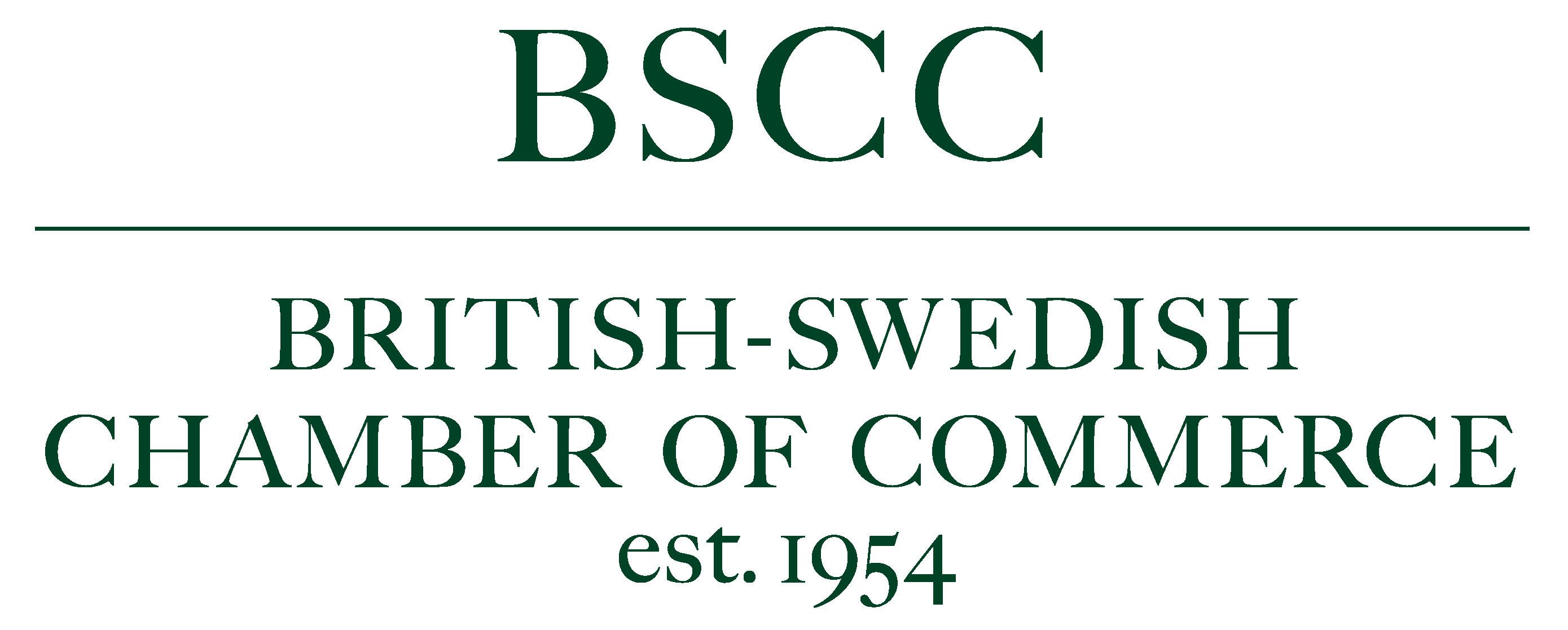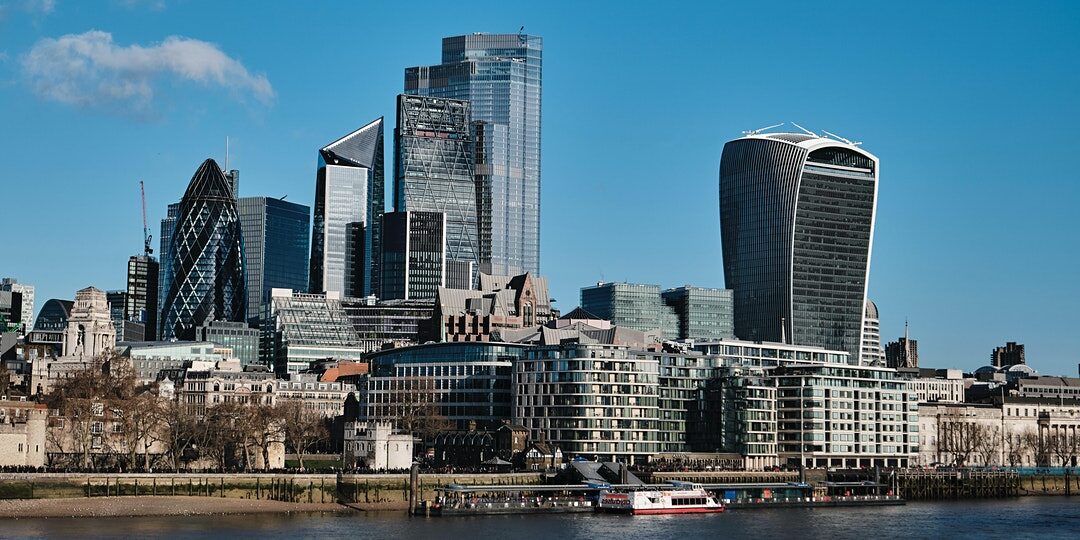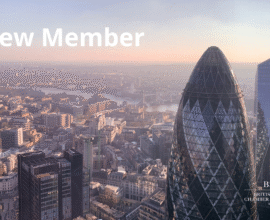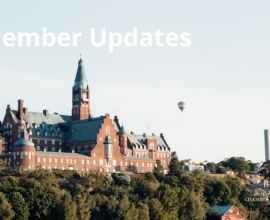13. Weekly Newsletter
Tech Tax
In the April, of 2020, the UK Government introduced a new 2% ‘tech tax’ on the revenues of search engines, social media platforms and online marketplaces which “derive value from UK users”. However, on Monday (29th March 2021) the US warned of tariffs being introduced to counter this impact with some British-made products potentially facing tariffs of up to 25%. UK ceramics and overcoats have both been identified as targets for US tariffs with an aim of raising £236m (to approximately equal the charges on U.S. tech firms by the UK). This comes only a month after Washington dropped tariffs on British cashmere and single malt whiskies- but maintains duties on the struggling steel industry.
The tech tax, officially known as the digital services tax (DST), applies exclusively to tech companies with over £500m in global revenue and was introduced during the 2020 Budget. Multinationals, such as Alphabet Inc., responded by adding a new DST ‘fee’ for all online advertisers and Amazon increased charges for sellers. France were considering introducing their own DST but paused plans following feedback of proposed retaliatory tariffs on exports to the USA.
COVID Outlook
Daily COVID cases in the UK continue at a steady rate despite more restrictions being lifted. This brings the total number of COVID-related deaths to 126,600 and 4.3m positive test results. London also experienced the second day of 2021 without a COVID death on Monday and marks a great improvement on the almost 200 COVID-related daily deaths seen during January.
A total of over 30.5m patients have now been administered with their first vaccination and 3.7m of these have received their second dose. The current average rate of vaccinations is approximately 600,000 per day but could start to decline in the event of vaccine shortages caused by export bans.
UK Defence
The Secretary of State for Defence, Wallace, last week announced that the UK Army will be cutting personnel numbers by almost 5,000- down to 72,500 by 2025; combined with a smaller Royal Navy, RAF and other full-time armed forces personnel numbers come to a total of 135,444 at present. Due to the changing military environment: the head of the army has argued “size today actually matters much less. The real currency is capability, utility and relevance and deployability”.
Britain remains the second highest spender on defence in NATO, at around $60bn per year, and is projected to continue spending increases of around 10-15% per year for at least the next 4 years. This extra funding has been mainly allocated for shipbuilding, space, cyber and research. Over 123,000 jobs are supported by Britain’s defence industry and the nation is the second largest defence exporter in the world- which would benefit from the £1.5-£5.8bn set for military R&D in the boosted spending plans.





